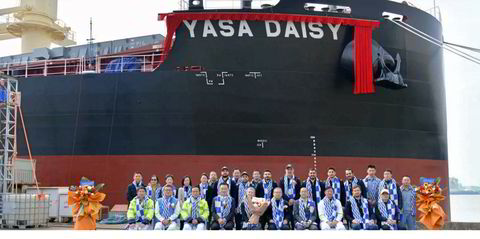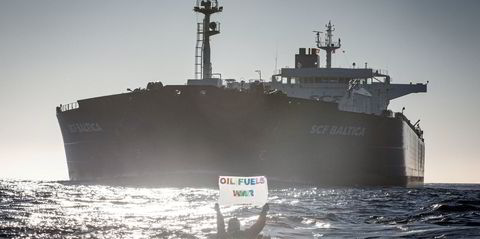The biggest change for the protection and indemnity sector this year has been a seismic shift to the adoption of technology.
According to the International Union of Marine Insurance (IUMI), the pandemic has digitally moved the insurance sector forward by at least a generation in just a few short months.
After a year like no other, TradeWinds asked 40 shipping industry stakeholders what they see for 2021 after a year beset by the coronavirus, and how the pandemic will shape shipping's future.
This is a trend that is anticipated to continue to develop to improve efficiencies and bring down insurance costs and reduce risk, as will risk assessment through big-data analysis and technological assistance.
Various P&I clubs are also looking at technological options to assess the quality of vessels, fleets and their management prior to underwriting, reducing the risk factor and making the process more transparent.
The claims sector is also embracing technology and legal technology is finding its way into the sector.
All of this will help the sector to work smarter and faster. There are also initiatives such as Insurwave, a blockchain platform that brings together all the parties in the insurance value chain on a single platform.
Ultimately, using internet of things (IoT) and smart contracts, policies will be updated automatically to reflect the risks covered, and this combination of technologies will help improve efficiency in claims assessment and payment.
In terms of claims, the reduced consumption, travel and trading activity has inevitably led to lower utilisation of certain vessels. While this can lead to fewer claims, lapsed maintenance routines, delay in supply of spare parts and surveys may actually increase the frequency of claims.
Other issues in claims relate to charterparty clauses — the force majeure clause in particular. After the SARS and MERS outbreaks, some clauses specifically included or excluded pandemics. However, many did not and are now open to interpretation, leading to increased queries and disputes.
Clauses regarding quarantines, lack of safe manning, and other charterparty clauses have also been reviewed post-pandemic, and there is likely to be an overhaul of pandemic and other clauses in the next year.
At any given time, more than 50,000 ships with 1.2m seafarers are on the move, with around 200,000 sailors in transit for crew changes around the world. With closed borders, quarantine regulations and airlines grounded, moving personnel is very difficult.
There is an urgent need to quickly find practical solutions and agreements to establish safe trade ports on every continent, where seafarers can fly in and out, and establish procedures for health checks and safe lodging.






